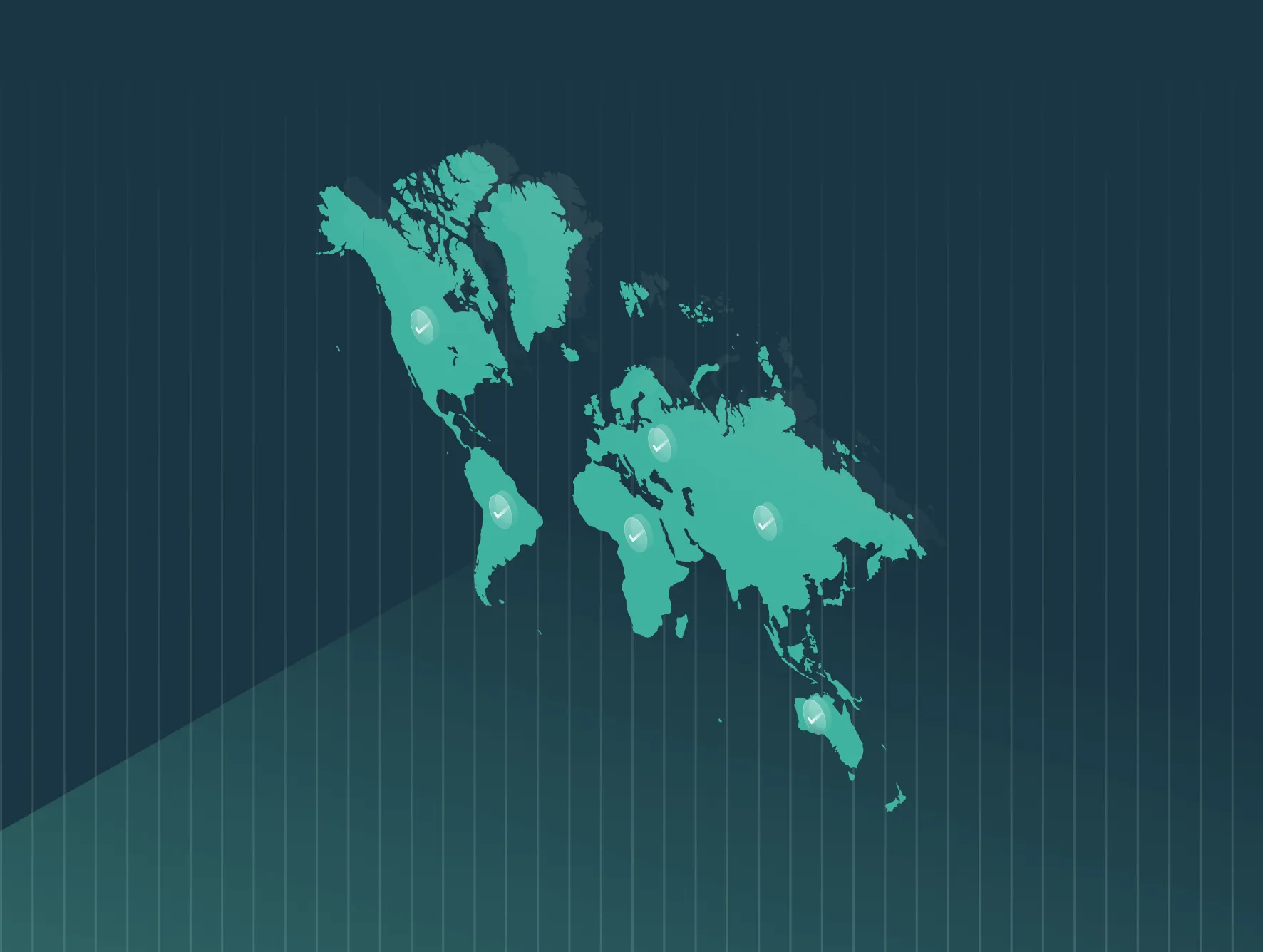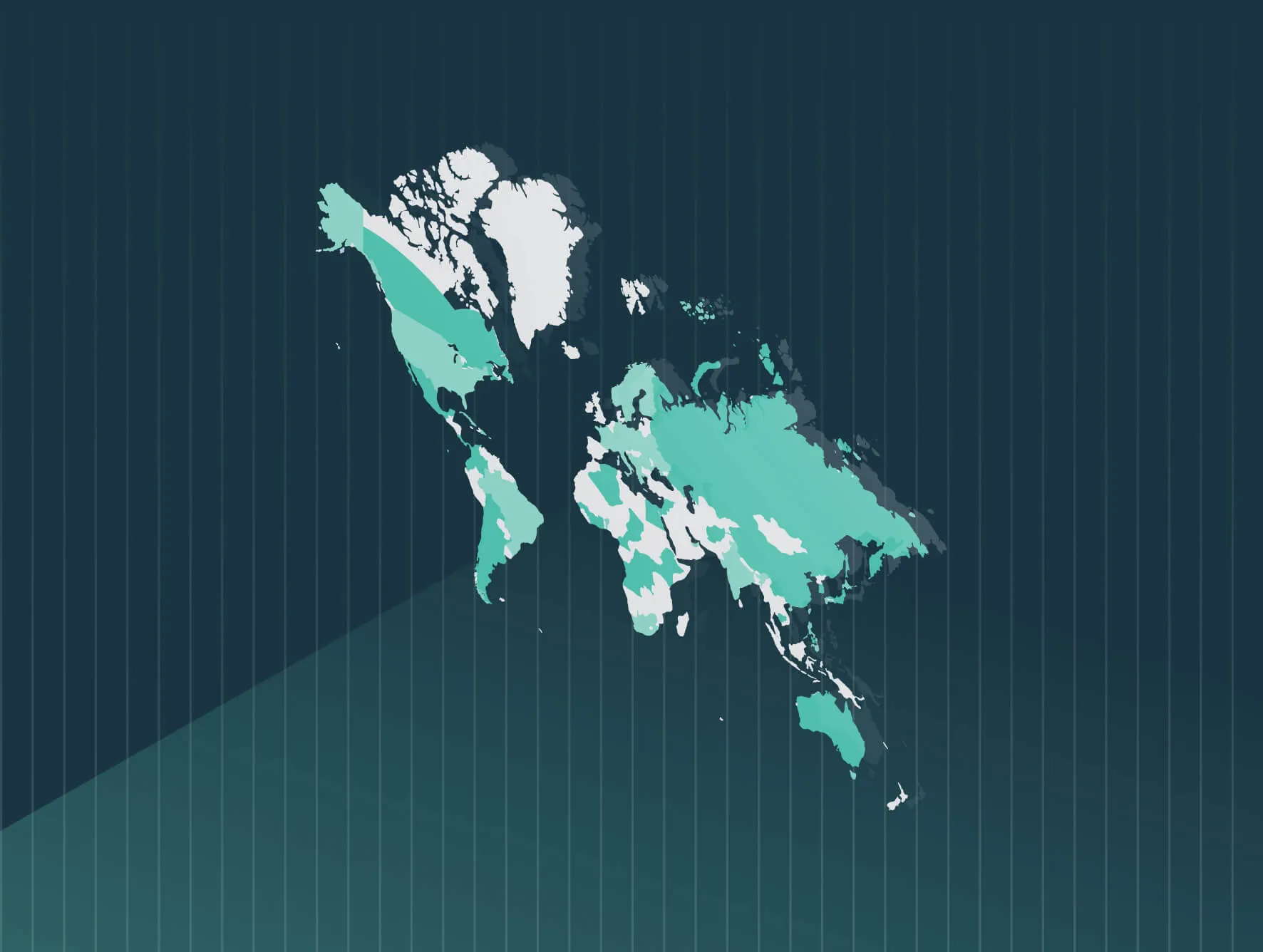As the November reporting deadline approaches, employers in Ireland should begin preparing their 2025 gender pay gap (GPG) reports.
This year marks a significant expansion of Ireland’s Gender Pay Gap Information Act, with employers with 50 or more employees now required to comply.
Key Reporting Requirements
The Irish gender pay gap reporting framework was established under the Gender Pay Gap Information Act 2021, which introduced phased reporting obligations for employers based on size.
The 2025 reporting cycle extends coverage to smaller employers, making this the broadest scope of reporting since the law’s inception.
Employers must select a “snapshot date” in June 2025, and publish their gender pay gap data and narrative explanations within five months — by November 2025.
The report must include:
- The mean and median hourly pay gap between men and women.
- The mean and median bonus pay gap between men and women.
- The proportion of men and women receiving bonuses or benefits in kind.
- The proportion of men and women in each quartile pay band.
- A narrative explanation for any pay gaps identified and an action plan describing measures to reduce them.
What’s New in 2025
This year’s reporting cycle applies to:
- Employers with 50 or more employees, expanded from the previous 150-employee threshold.
- The reporting deadline will be five months after the June snapshot date, moving the deadline to November instead of the previous years’ December deadlines.
- Employers will now be required to publish their gender pay gap reports through an online reporting system. All relevant employers’ gender pay gap reports must conform with data fields on the online reporting system.
The Department of Children, Equality, Disability, Integration and Youth (DCEDIY) continues to oversee the framework, supported by the Workplace Relations Commission (WRC), which monitors compliance.
Non-compliance may lead to investigations, enforcement actions, and reputational consequences.
While the online portal for Ireland pay gap reporting is not yet available, it is slated to be launched in autumn 2025 before the reporting deadline. Gender pay gap data will be publicly available and searchable once published through Ireland’s online portal.
Preparing for Compliance
Employers should ensure:
- Accurate and complete data collection for all eligible employees.
- Review of previous reports to track progress on gender equality measures.
- Coordination between HR, legal, and communications teams to craft an explanatory narrative that demonstrates proactive engagement with gender pay issues.
Looking Ahead: The EU Pay Transparency Directive (EUPTD)
While Ireland’s gender pay gap reporting framework already aligns with many principles of the EU Pay Transparency Directive, significant new obligations are on the horizon.
The EUPTD must be transposed by June 7, 2026, and Ireland released its proposed legislation to implement the directive in January.
Once implemented, employers will face:
- A salary history ban during recruitment.
- A requirement to publish salary ranges on job postings
- The right for employees to request information on average pay levels by gender for comparable roles.
- Mandatory joint pay assessments where unexplained gender pay gaps of 5% or more persist.
- Potential enforcement through individual or collective claims if pay discrimination is identified.
Ireland is expected to leverage its existing gender pay gap infrastructure to meet many of these requirements but will need to expand its framework to cover equal pay for work of equal value and non-binary data considerations consistent with the Directive.
How Trusaic Can Help
With Trusaic’s Pay Equity Software Suite, organizations can meet Ireland’s immediate gender pay gap reporting obligations while preparing for full EUPTD compliance in 2026.
Our software enables compliant pay systems, ensures gender-neutral job evaluations, and automates complex reporting obligations to keep you one step ahead of EU pay transparency enforcement.
- PayParity® analyzes your rewards data (compensation/benefits in kind) and quickly identifies inequities to determine if your adjusted gender pay gap is above 5%. It enables you to easily comply with Article 7 (right to information) and Article 6 requirements (pay setting and progression policy).
- Our Remediation Optimization Spend Agent (R.O.S.A.) works as PayParity’s AI remediation partner to find the most cost-effective way to close nominal pay gaps above 5% to ensure compliance.
- Salary Range Finder ensures equitable pay at the point of hire to prevent your pay gap from rising above 5% and enables you to easily comply with the Directive’s salary range disclosure and salary history ban requirements.
- Regulatory Pay Transparency Reporting™ captures your pay equity findings and generates compliant, one-click reports across all EU jurisdictions.
- Our Pay Transparency Agent answers all your pay transparency reporting questions instantly
- Our Communications Agent crafts perfect contextual narratives in any EU language to support your annual pay reports.
Trusaic is GDPR compliant and can assist any organization in any EU state in meeting its obligations under both the EU Corporate Sustainability Reporting Directive and the EU Pay Transparency Directive.
Visit our always updated Member State Transposition Monitor to stay on top of the latest EU Pay Transparency Directive developments.








